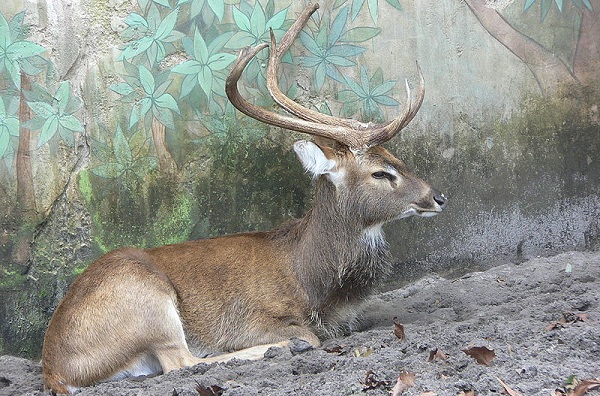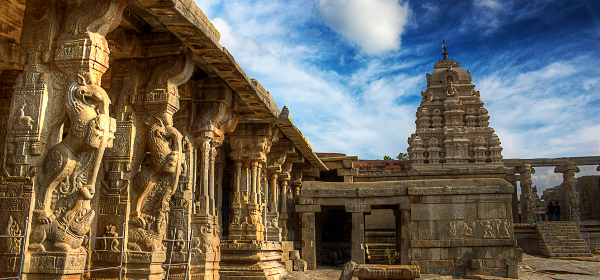Parks and Sanctuaries in Manipur
Manipur is often called the ‘Switzerland of the East’. The clear sparkling rivers, placid lakes and fields full of wild floral blossoms makes this tiny state a mesmerizing experience. Although there are only 2 major parks there are a few other green patches that are equally mention worthy.
Amazing and Popular Parks in Manipur with Pictures:
Keibal Lamjao National park:

Nestled in the districts of Imphal and Bishnupur this unique national park is the world’s only floating sanctuary, which is made up of 40sq. kms of wetlands and 1.5 meters deep floating vegetation locally called phumdi.
The other landmark attraction of this park is the Loktak Lake which is the largest freshwater lake in India.
Following the rediscovery of the extinct Brow Antlered Deer, locally called as the Sangai, this park was allotted the status of being a protected area. It has a proud place in the folklore and culture of the state and is the state animal also. From a motley herd of 14 deer in 1975, its population was reportedly increased to a healthy 155 in 1995.

It is well connected by air, road and railways. The best time for tourists is between December- January and March-April. To access the park prior permit is needed for citizens as well as foreigners.
There are park safaris which ensure that tourists can site these animals in their natural free state. Usually these are conducted in the afternoons.
See More: Madhya Pradesh National Park List
Other Animals That Live Here Are:
• Thamin deer : the dancing deer of Manipur
• Hog deer,
• Sambar and
• Muntjac.
• Slow loris
• Stump-tailed macaques
• Hoolock gibbons,
• Temminck’s golden cat
• Himalayan black bear and
• Malayan bear, to name a few.
Avifauna Is Attracted To The Beautiful Loktak Lake And Mainly Comprise of:
• Waterfowl
• Hooded Crane
• The Black Eagle
• Shaheen Falcon
• Eastern White Stork
• Bamboo Partridge
• Green Peafowl
• Brown Backed Hornbill
• Rufous Necked Hornbill
• Wreathed Hornbill
• Pied Hornbill
The unique thing about this place is that it is too deep to be marshy and too shallow to be a lake. It is truly the magic of nature that we are witnesses to such amazing natural heritage.











